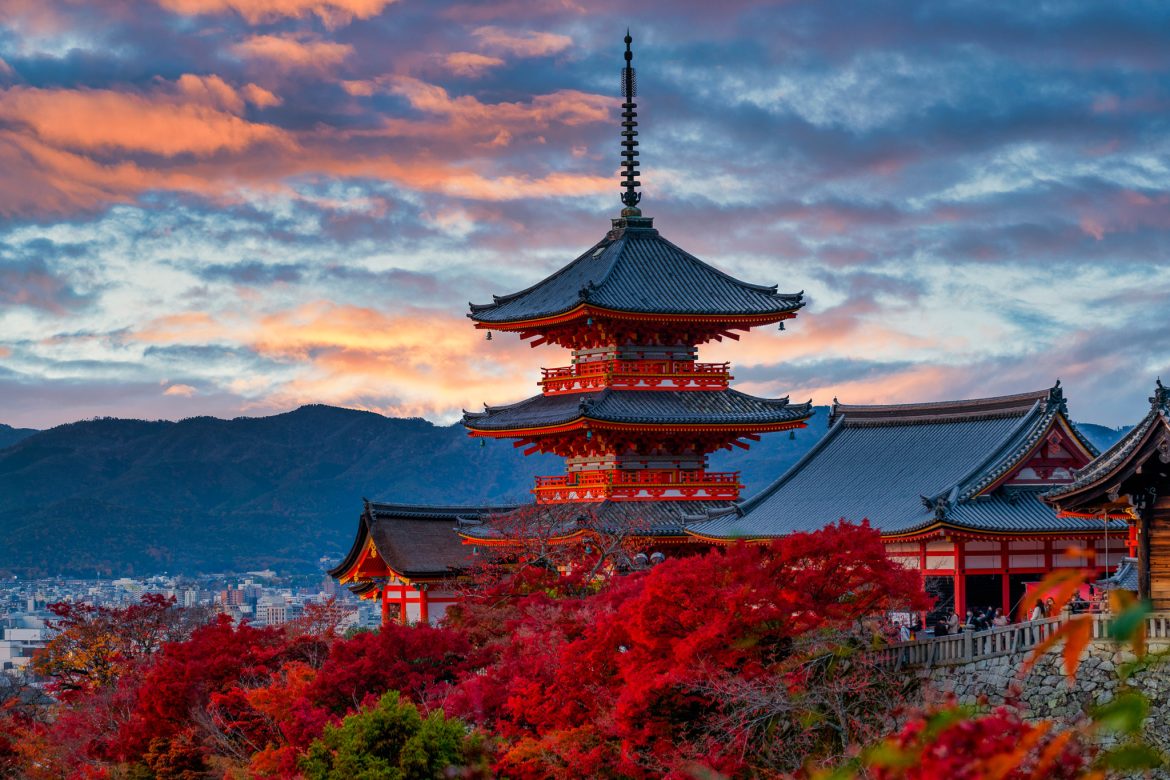As tourism continues to serve as a bridge between cultures, the relationship between Japan and Croatia is steadily growing. From shared values of hospitality and natural beauty to a mutual appreciation of gastronomy and innovation, both countries offer unique experiences for travelers. We had the honor of speaking with H.E. Ambassador Wada Mitsuhiro, Japan’s Ambassador to Croatia, about evolving connections between the two nations. Particularly through travel, sustainability, technology and culture. Expo 2025 in Osaka, visited by many Croatian businessmen, was an additional reason for our conversation. Here’s what he shared with us.

Croatia and Japan have seen growing interest in each other as travel destinations. How would you describe the current state of tourism relations between the two countries, and what opportunities do you see for further growth?
Tourism between Japan and Croatia has been steadily growing, reflecting the deepening people-to-people ties and a mutual fascination with each other’s cultures. Before the pandemic, more than 150.000 Japanese tourists visited Croatia annually, attracted by the stunning Adriatic coastline, rich history, and unique blend of Mediterranean and Central European charm. While numbers have not yet returned to pre-pandemic levels, approximately 52.000 Japanese visitors came to Croatia in 2024, and we hope to see this number grow even further in 2025. There are clear signs of renewed momentum. Looking ahead, I see great potential in expanding thematic tourism—such as nature-based travel and culinary travel.
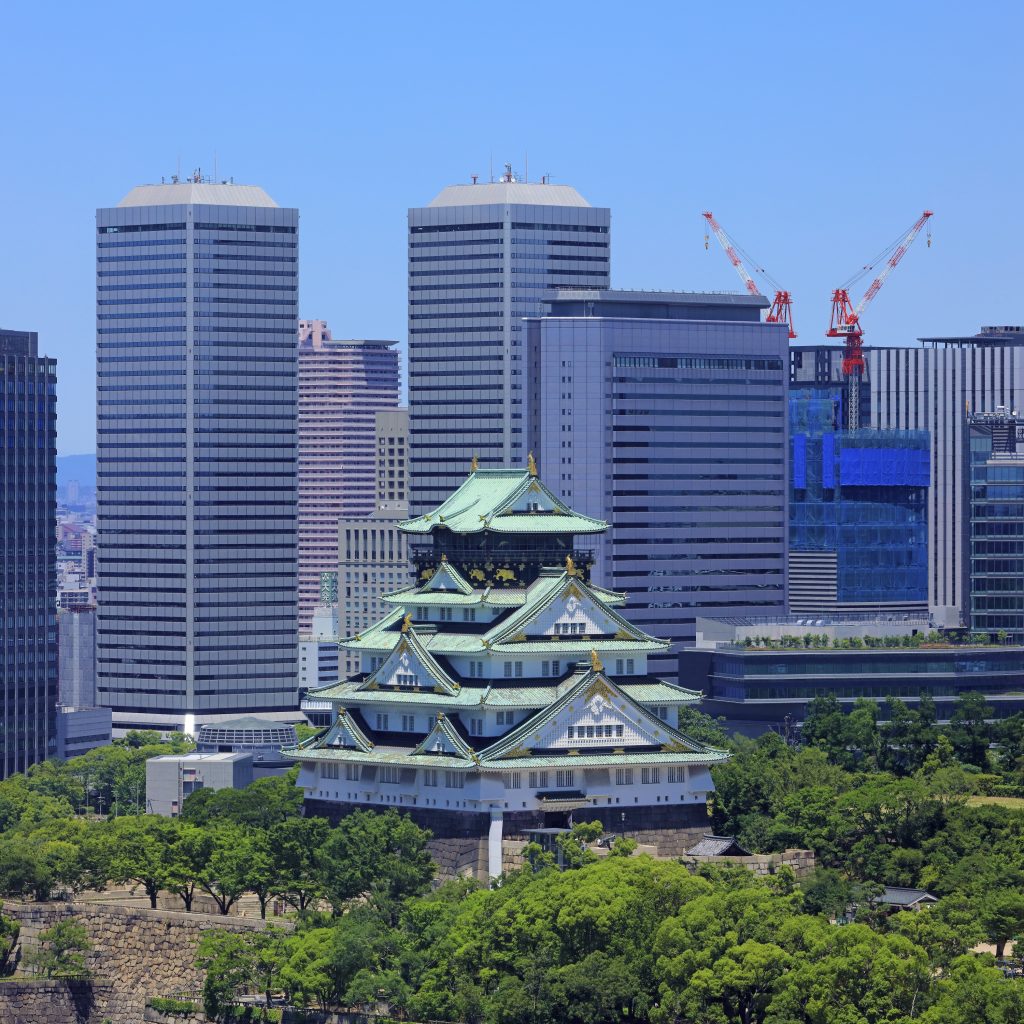
Japan is known for seamlessly blending tradition with innovation. From your perspective, what are some must-visit destinations in Japan for Croatian travelers seeking both cultural authenticity and modern experience?
Japan is indeed a country where ancient traditions and cutting-edge innovation coexist in harmony. For Croatian travelers, I would highly recommend starting in Kyoto, where centuries-old temples, traditional tea houses, and beautiful gardens offer a window into Japan’s cultural heart. Equally, a visit to Tokyo provides a contrasting experience – from the bustling districts of Shibuya and Shinjuku to the futuristic architecture and digital art exhibitions. For those who wish to connect with nature, Takayama in the Japanese Alps and Kanazawa provide a unique sense of tradition and craftsmanship, while Hokkaido offers untouched landscapes alongside world-class winter sports facilities. Visitors can experience both cultural authenticity and innovation, which is a unique experience the travelers can experience in Japan.
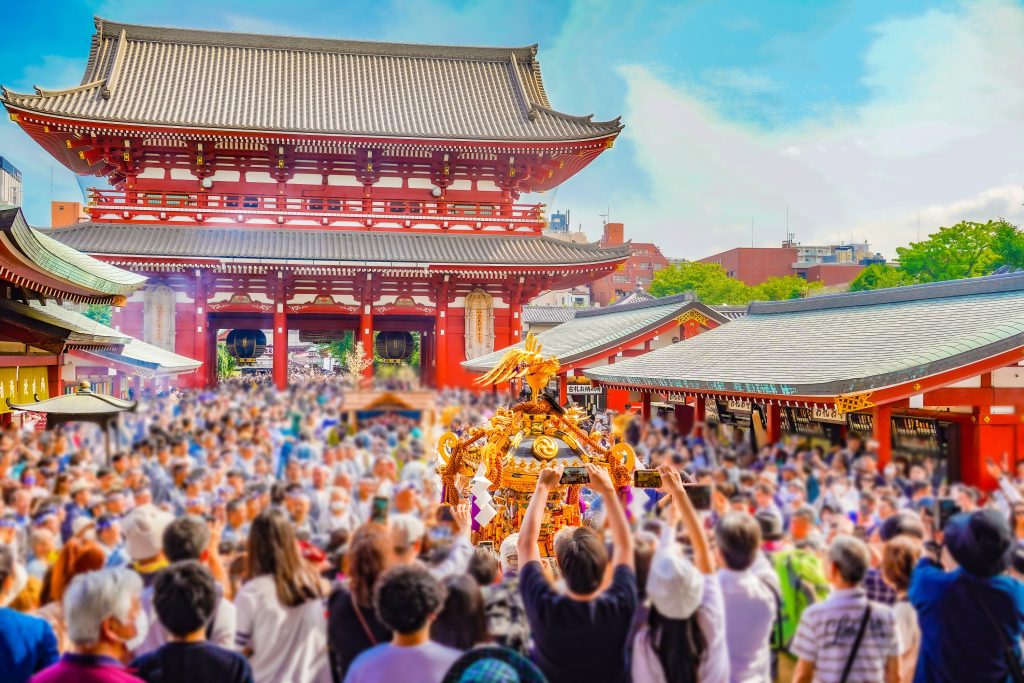
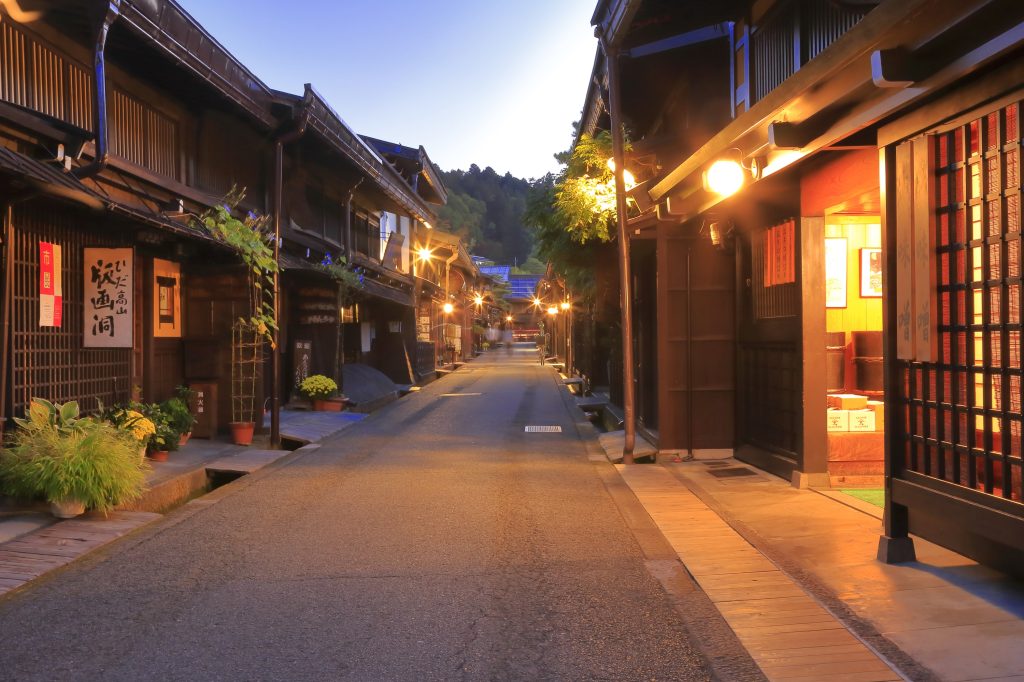
Sustainability is increasingly important in the travel industry. How is Japan addressing sustainable tourism, and are there examples or initiatives that might inspire or connect with similar efforts in Croatia?
Sustainability is a key priority for Japan’s tourism strategy. The Japan Tourism Agency promotes initiatives such as “Green Destinations” and the “Sustainable Tourism Standard,” which encourage local communities to preserve natural and cultural heritage while welcoming visitors. For example, the village of Niseko in Hokkaido has implemented eco-tourism policies that balance development with environmental stewardship. These community-led models could resonate with similar efforts in Croatia, especially in its national parks, islands, and protected coastal regions. I believe both countries can benefit from sharing best practices in sustainable hospitality, seasonal management, and local engagement.
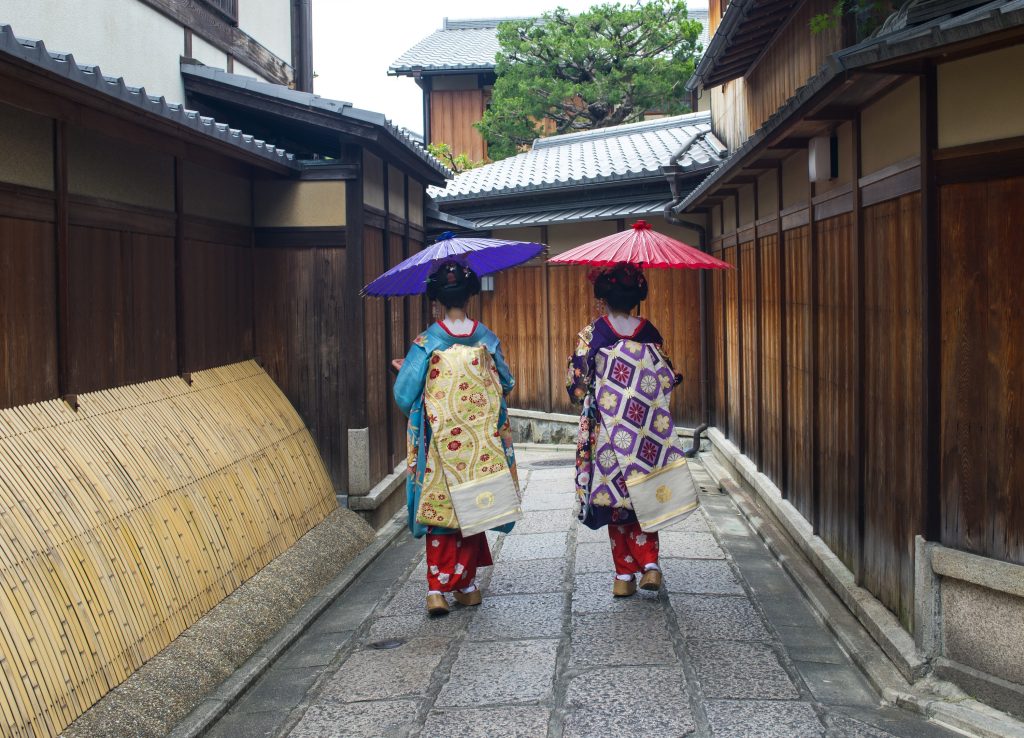
With Japan being a global leader in technology, what kind of innovations are enhancing the travel experience? Would you say Japan is becoming more appealing to digital nomads?
Japan has embraced a range of technologies to make travel more seamless and personalized, from multilingual AI-powered information kiosks to cashless payment systems and advanced public transport apps. Smart hotels, contactless check-ins, and immersive digital cultural experiences are becoming increasingly common. Furthermore, regional revitalization policies have created co-working and co-living hubs in rural areas, making Japan more attractive to digital nomads. With its safety, infrastructure, and rich lifestyle offerings, Japan is certainly emerging as a compelling destination for location-independent professionals.
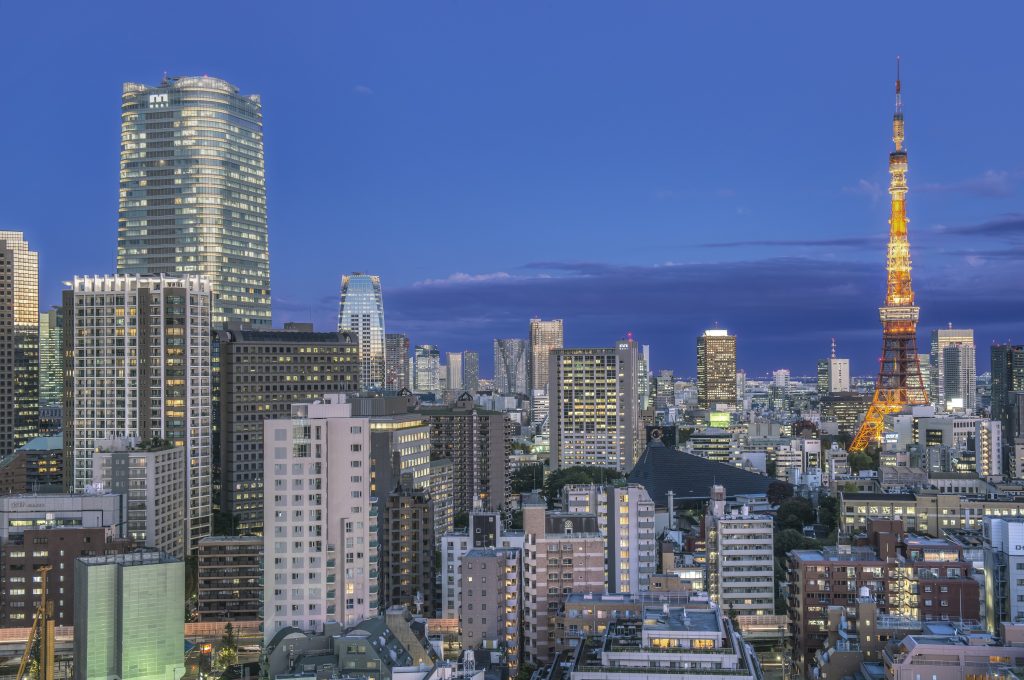
Gastronomy is often a gateway to deeper cultural understanding. How do you see Japanese and Croatian cuisines connecting people, and could events like Tuna, Sushi & Wine Festival in Zadar help build bridges between the two countries?
Food is one of the most powerful ways to foster cross-cultural appreciation. Japanese and Croatian cuisines share values such as seasonality, respect for fresh ingredients, and regional diversity. Events like the Tuna, Sushi & Wine Festival in Zadar beautifully celebrate this synergy, blending Croatian tuna with Japanese culinary tradition. Such events not only delight the senses but also create meaningful exchange between chefs, producers, and food lovers from both countries. I see great potential in culinary diplomacy, through sake and wine pairings, and joint food festivals.
The Expo 2025 in Osaka is a major global event. In what ways could this serve as a platform to strengthen cultural and tourism ties between Japan and Croatia?
Expo 2025 in Osaka will be a unique opportunity to showcase Croatia’s creativity, sustainability vision, and natural beauty on a global stage. I believe the Croatian Pavilion, with its concept of “live weather transmission,” will deeply resonate with Japanese visitors, while opening doors for tourism promotion, business networking, and cultural exchange. On our side, the Japanese Embassy is also working to connect Croatian stakeholders with Japan’s regional governments, artists, and travel operators. The Expo will undoubtedly act as a catalyst for new collaborations in tourism, education, and beyond.
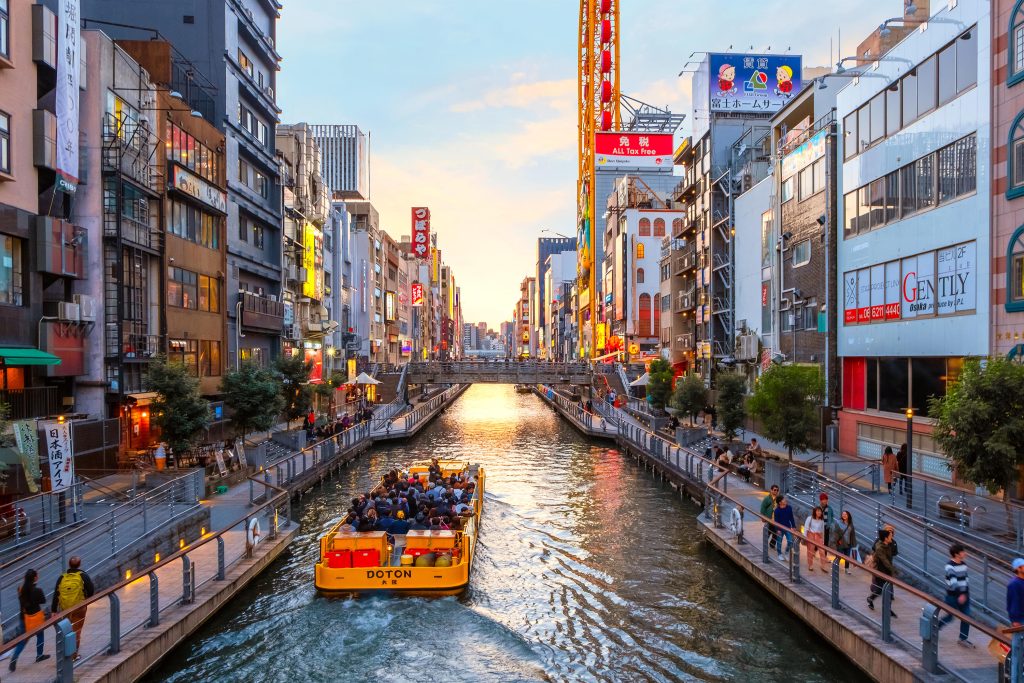
You’ve been living in Croatia for some time now. What are your impressions of the country – from a personal and cultural perspective – and what places or experiences would you recommend to Japanese tourists planning a trip here?
Living in Croatia has been a truly enriching experience for me. What strikes me most is the warmth and hospitality of the people, as well as the country’s extraordinary cultural and natural heritage. From a cultural perspective, Croatia is a country with a long and rich history, visible in its UNESCO heritage sites, such as Dubrovnik’s Old Town or the Diocletian’s Palace in Split. For Japanese visitors, I would also recommend exploring Istria, with its picturesque hilltop towns and excellent gastronomy, especially truffles and wines.
Are there any upcoming cultural events, exhibitions, or initiatives at the Japanese Embassy in Croatia that Croatian travelers or culture lovers should know about?
We are currently organizing a comprehensive cultural event on 18th October, which includes the demonstration of tea ceremony, the demonstration of the technique for making sushi, origami and igo workshops and much more. We organize many events throughout the year to deepen mutual understanding and bring Japanese culture closer to Croatian friends. I would like to encourage you to follow our Facebook page to keep updated on our events.
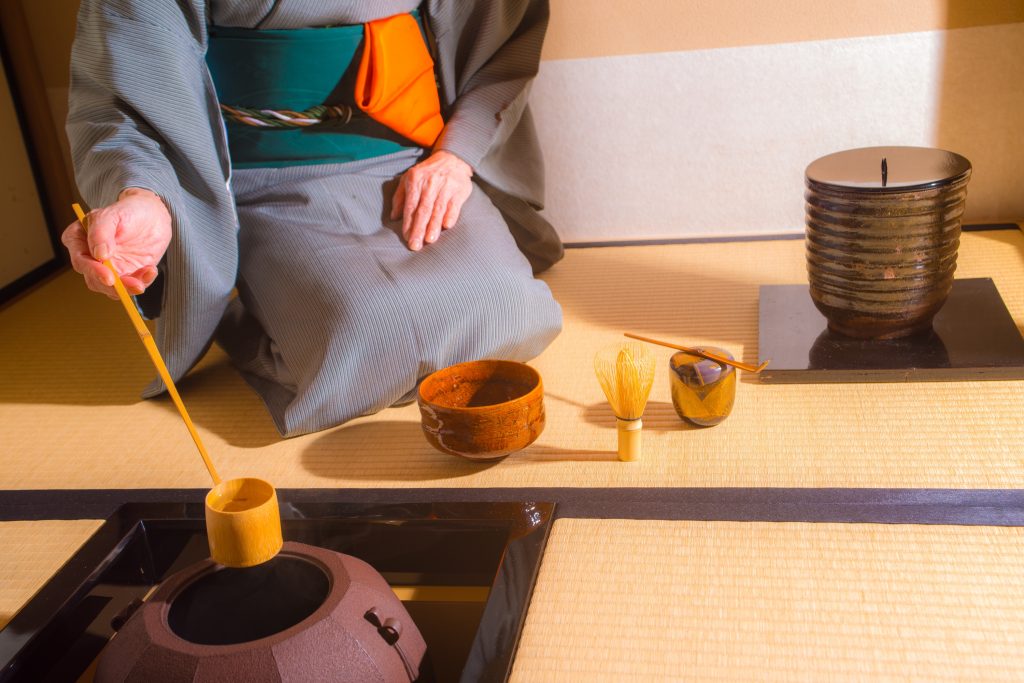
Interview by Jasminka Đaković
Photos: AFLO

